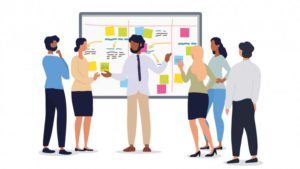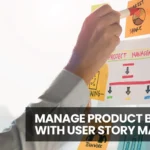Table of Contents
Why Customer Involvement is Vital to the Success of Product Development
Placing the customer at the center of product development is an idea deeply integrated into Agile. “Customer collaboration over contract negotiation” is what the Agile Manifesto values for leading a software development process that prioritizes customer satisfaction above all. This is miles apart from the Waterfall way of interacting with customers, whose involvement doesn’t usually extend beyond requirement gathering and final testing phases.
Why does Agile give this much importance to customer involvement? It’s a question that is worth knowing the answer to for anyone hoping to embrace the Agile way of product development. Another thought that follows this line of questioning is the question of how. How does Agile ensure continuous collaboration with customers during development? And what tools does it provide to simplify the process? Let’s find the answers to these questions in this post.
Why is customer involvement in product development important?
Product developers are rarely the intended end-users of a product. It creates an inevitable difference of perspectives between the two parties that’ll emerge as mismatched expectations and priorities throughout the development process. The effects of not identifying and addressing these differences as early as possible can range from mild inconveniences to significant revenue losses and broken client relationships.
That’s why Agile, as a process that values continuous feedback-based course corrections, seeks active customer involvement from day one. It’s a collaboration that should extend past initial planning to iterative implementation and testing phases until the end of product development.
A wide variety of benefits are tied to Agile’s way of putting the customer at the center. Here I have discussed the most important of them.
Understand what truly adds value to the customers
A developer’s perspective of a product is always more focused on the technical side. What features are technically feasible? Which technologies to use? How to interconnect features in the design? No matter how hard you try, it’s difficult to completely detach from this line of thinking to put yourself in the customer’s shoes. The features and functions you think are important to the customer may not end up so in reality.
The best way to bridge this gap in your understanding is nothing other than taking input from the customers themselves. After collecting the customer’s needs, wants, and expectations for the product, you can determine how to convert them into technically feasible features.
Continuously align the development process with customer expectations
The customer involvement in an Agile process is continuous and frequent. It shouldn’t wane after the planning process only to appear again during final product testing. This kind of setup helps you constantly check whether the development process aligns with what the customer expects and needs.
Even though development teams communicate with customers about what matters to them during the initial planning process, the abstract discussions at these earlier stages often leave much room for interpretation. Even after meticulously-prepared user stories and numerous other tools intended to understand what the user wants, certain implementations may not align with the user’s expectations. The customer feedback provided while developing these features allows you to avoid misunderstandings like this.
Minimize resource wastage
No developer wants to be in the position of having to scrap weeks worth of work they’ve done or make a major modification to a product too close to a release date. But this is exactly where you’ll end up if you seek customer feedback too late in the development process. But if you frequently demonstrate the product and receive customer input as features are being developed, you can discover the shortcomings in your design or implementation as early as possible. This ensures minimal wastage of resources and effort.
Refine your product down to the smallest detail
Customers are the ultimate testers of a product. Their frequent and casual interactions with the product are ideal for discovering even the smallest imperfections that escape more purposeful testing procedures. Whether it’s a button placed in the wrong place, text too confusing, or a feature not easily noticeable, continuous customer involvement allows you to refine these little details to finally release the best version of your product to the market.
Agile tools to help you ensure customer involvement
Agile provides several tools to encourage you to collaborate with customers throughout the development process. They help developers incorporate the customer perspective into the product planning and implementation phases. At the same time, they abstract away the technical complexity of the process to let customers understand the planned and ongoing status of the product.
User personas & user stories
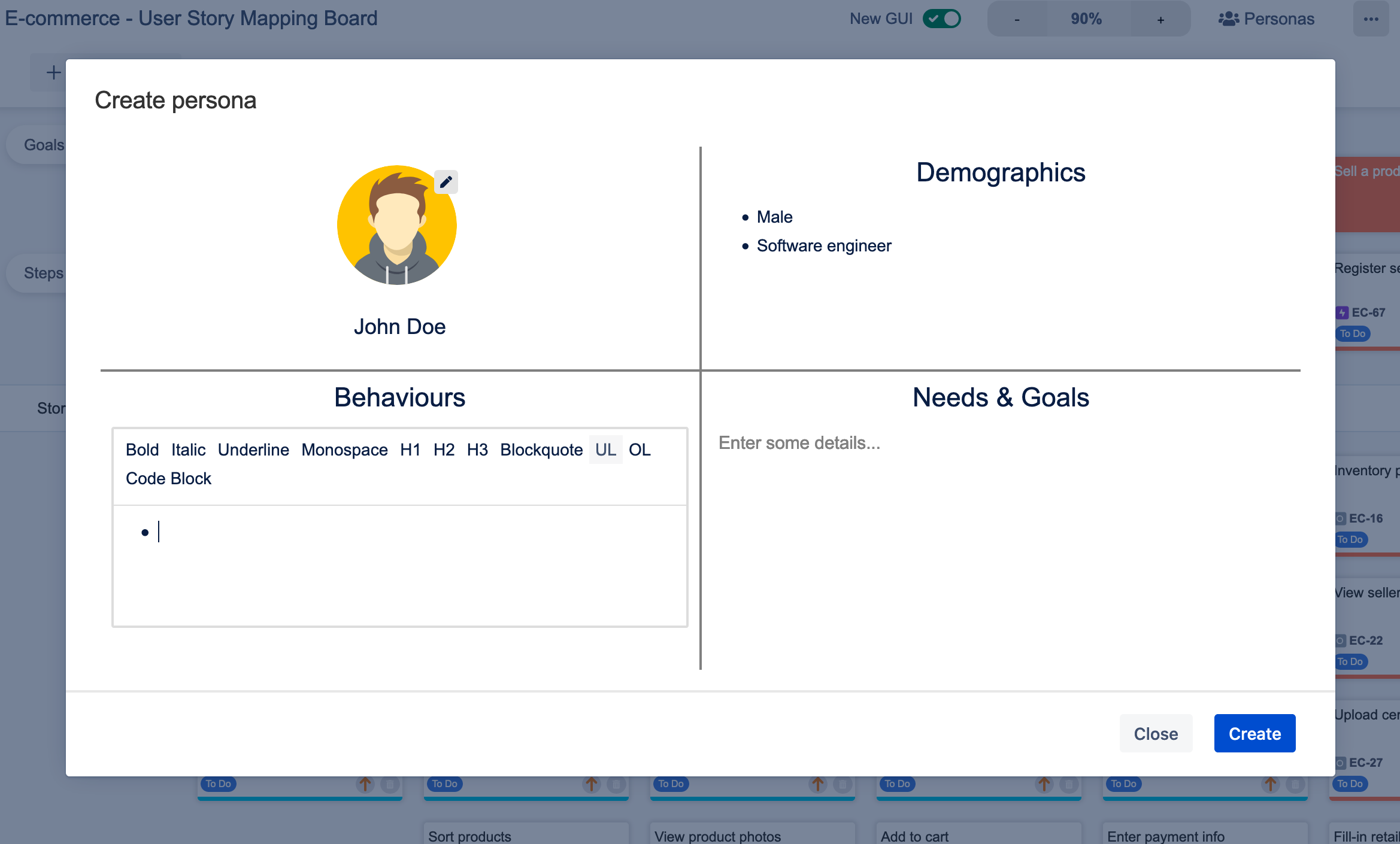
A user persona is a fictional generalization of your most important customers. They help you understand the demographics of the customer base, like age, gender, location, and income, and other discernible information like interests, frustrations, motivations, and fears.
Once user personas are created, you can capture a high-level view of their needs and wants through user stories. The closer, non-technical look they provide into what the customer expects from the product lets you figure out what features and functions you can include.
Sources like customer feedback, surveys, social media analytics, expert input, and of course, actual customer input are invaluable to building these generalized representations of your user base and their needs.
User story map
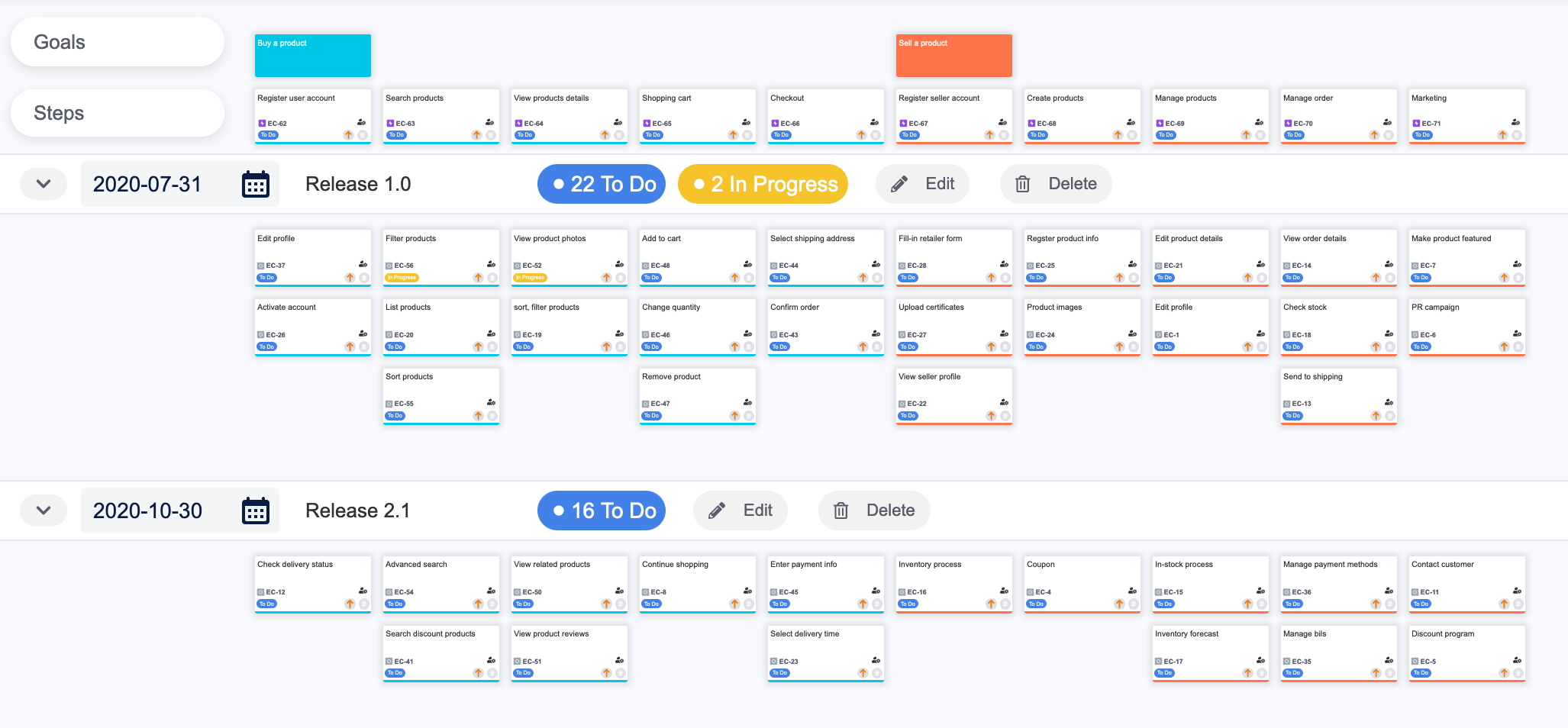
A user story map presents a visualization of the user’s journey with the product. Agile processes often use it as a backlog organization technique to determine which features and tasks to prioritize for delivering the best value to customers.
In this step, the user stories added to the product backlog are categorized based on where it belongs in the user’s journey. They are then broken down into small realizable tasks and prioritized to plan development iterations and sprints.
While the customer doesn’t usually play an active role in a user story mapping session, their feedback is often used to test the map. In this testing process, the development team walks the story map from the beginning to the end to capture any existing gaps between interactions or steps in the user journey.
Product roadmap
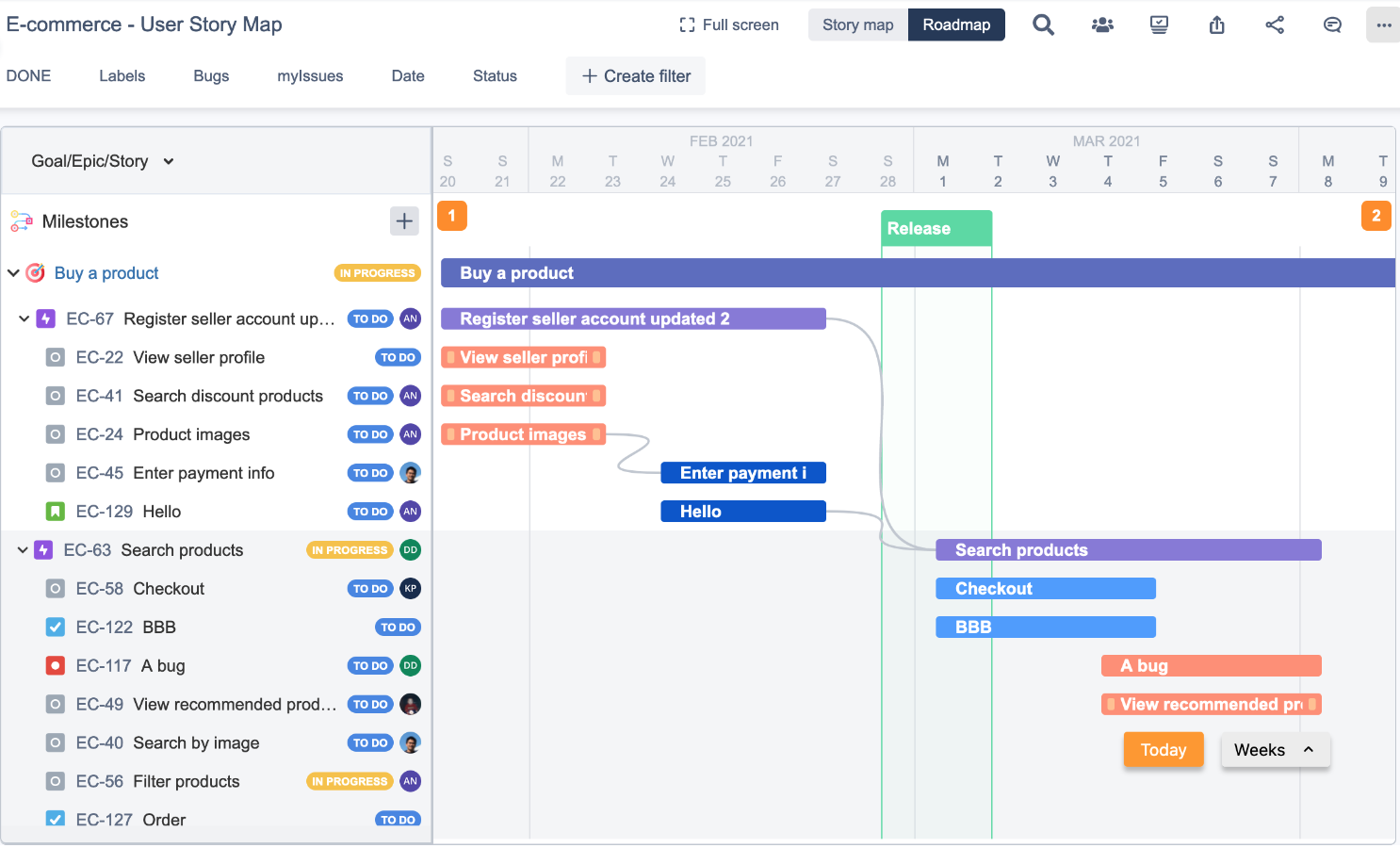
A product roadmap draws a high-level plan for the evolution of the product. From the moment it starts to build a product strategy that puts the customer at the center, roadmapping tries to involve the customer in deciding the product’s future direction as much as possible.
As a tool that goes through regular reviews backed by stakeholder feedback, roadmaps prompt customers to actively contribute to the development process from its beginning to end.
Summary
Customer involvement is a deciding factor in determining the success of a product development process. The Agile methodology incorporates many tools to ensure a meaningful, continuous collaboration between the development team and customers, such as user personas, user story maps, and product roadmaps. Connected together, these tools help you capture the bigger context behind the development process to build a product that truly adds value to the customers.
One application in our arsenal that facilitates connecting these disjoint tools together is the Agile Roadmap & User Story Map for Jira integration. It supports building interconnected user story maps and roadmaps that mingle well with Jira Agile boards and backlogs. Ultimately, it simplifies how you collaborate with customers to receive feedback on the product, opening up the space to let them become partners, not just stakeholders, of the development process.



